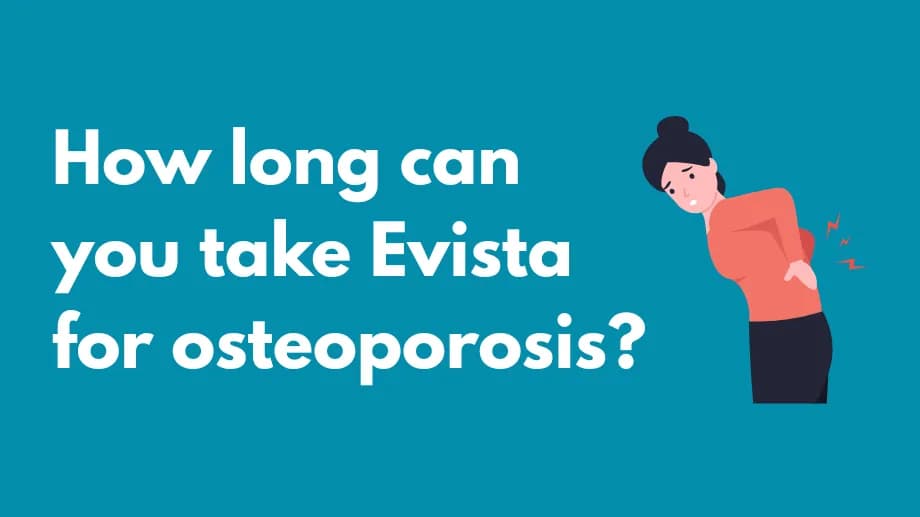What is osteoporosis?
Osteoporosis is a disease that weakens bones by causing new bone to be created more slowly than old bone is removed. As a result, bone density and mass decline, making bones brittle and porous. Approximately 54 million Americans are affected. Osteoporosis often develops silently over many years; symptoms may not appear until a fracture occurs. Common fracture sites include the hip, spine, and wrist.
What causes osteoporosis?
Osteoporosis results from an imbalance between bone formation and bone resorption. Risk factors include:
- Age: Bone mass declines naturally as you get older.
- Hormonal changes: Decreased estrogen at menopause or low testosterone in men accelerates bone loss.
- Nutritional deficiencies: Inadequate calcium and vitamin D impairs bone strength.
- Lifestyle factors: Lack of weight-bearing exercise, smoking, and excessive alcohol weaken bone.
- Medical conditions and medications: Rheumatoid arthritis, gastrointestinal disorders, prolonged corticosteroid use, certain seizure drugs, and hormone treatments for cancer reduce bone density.
- Genetics: Family history of osteoporosis or fractures increases risk.
- Sex: Women are at higher risk due to smaller bones and lower peak bone mass.
- Other factors: Low body weight, Caucasian or Asian ethnicity, previous fractures.
What are the symptoms of osteoporosis?
Osteoporosis is often symptomless until a fracture occurs. Signs include:
- Fractures from minor falls or stresses, especially at the hip, spine, or wrist
- Gradual loss of height and a stooped posture due to vertebral compression
- Back pain from vertebral fractures or collapsed vertebrae
- Bones that break more easily than expected, even with mild strain
How is osteoporosis diagnosed?
Diagnosis relies on bone density assessment and risk evaluation:
Bone density testing
- DEXA (DXA) scan: Low-dose X-ray measures bone mineral density at the hip, spine, or forearm to classify bone mass as normal, osteopenia, or osteoporosis.
Other tools and tests
- FRAX score: Estimates 10-year fracture risk using bone density plus clinical risk factors.
- Heel ultrasound: Screening method that may indicate need for further testing.
- Blood and urine tests: Rule out secondary causes such as thyroid disorders or vitamin D deficiency.
- Medical history and physical exam: Reviews risk factors, prior fractures, height loss, and posture changes.
- Fracture-based diagnosis: A low-trauma fracture in an adult may itself confirm osteoporosis.
How is osteoporosis treated?
Treatment aims to slow bone loss, increase bone density, prevent fractures, and manage pain:
Lifestyle changes
- Exercise: Regular weight-bearing and strength-training activities improve bone strength and balance.
- Diet: Adequate calcium (dairy, leafy greens, fortified foods) and vitamin D (sunlight, supplements) support bone health.
- Smoking cessation and alcohol moderation: Both reduce bone loss.
- Weight management: Maintaining healthy weight eases stress on bones.
Supplements
- Calcium: Ensures sufficient intake when diet alone is inadequate.
- Vitamin D: Enhances calcium absorption; supplementation may be necessary if levels are low.
Medications
- Bisphosphonates: Alendronate, risedronate, ibandronate, zoledronic acid slow bone loss and increase density.
- Denosumab (Prolia, Xgeva): Monoclonal antibody that reduces bone resorption.
- SERMs (raloxifene): Mimic estrogen’s bone-protective effects in postmenopausal women.
- PTH analogs (teriparatide, abaloparatide): Stimulate new bone formation in high-risk patients.
- Romosozumab: Promotes bone formation and reduces resorption.
Surgical and procedural options
- Vertebroplasty/kyphoplasty: Injecting bone cement to stabilize collapsed vertebrae and relieve pain.
Pain management
- Analgesics and physical therapy for fracture-related pain.
- Back braces to support weakened spinal bones.
Long-term follow-up with repeat bone density tests is essential to monitor treatment response and adjust therapy.
Sources
- National Institute of Arthritis and Musculoskeletal and Skin Diseases. Osteoporosis. Accessed Apr. 10, 2024.
- International Osteoporosis Foundation. Osteoporosis & Musculoskeletal Disorders. Accessed Apr. 10, 2024.
- Bone Health and Osteoporosis Foundation. What is Osteoporosis? Accessed Apr. 10, 2024.
- National Library of Medicine (U.S.). Osteoporosis. Accessed July 20, 2023.







